Ground covers can be evergreen or deciduous, tall- or low-growing, trailing, clump-forming, or weeping, with a variety of growth patterns that contribute to their versatility. Wondering if they spread? You are lucky! We're here to assist you as we offer the information we gathered from the experts.
All ground covers spread, settling in places that are often reserved for mulch or where turfgrass avoids taking root. Almost all of them require less water, fertilizer, and other regular upkeep when carefully selected to grow on a particular site.
Read on to learn more about ground cover, its fast-spreading variety, how to keep them spreading, and get tips on planting and caring for them. You will undoubtedly find the ideal plants to flourish and enhance your property by the end of this.
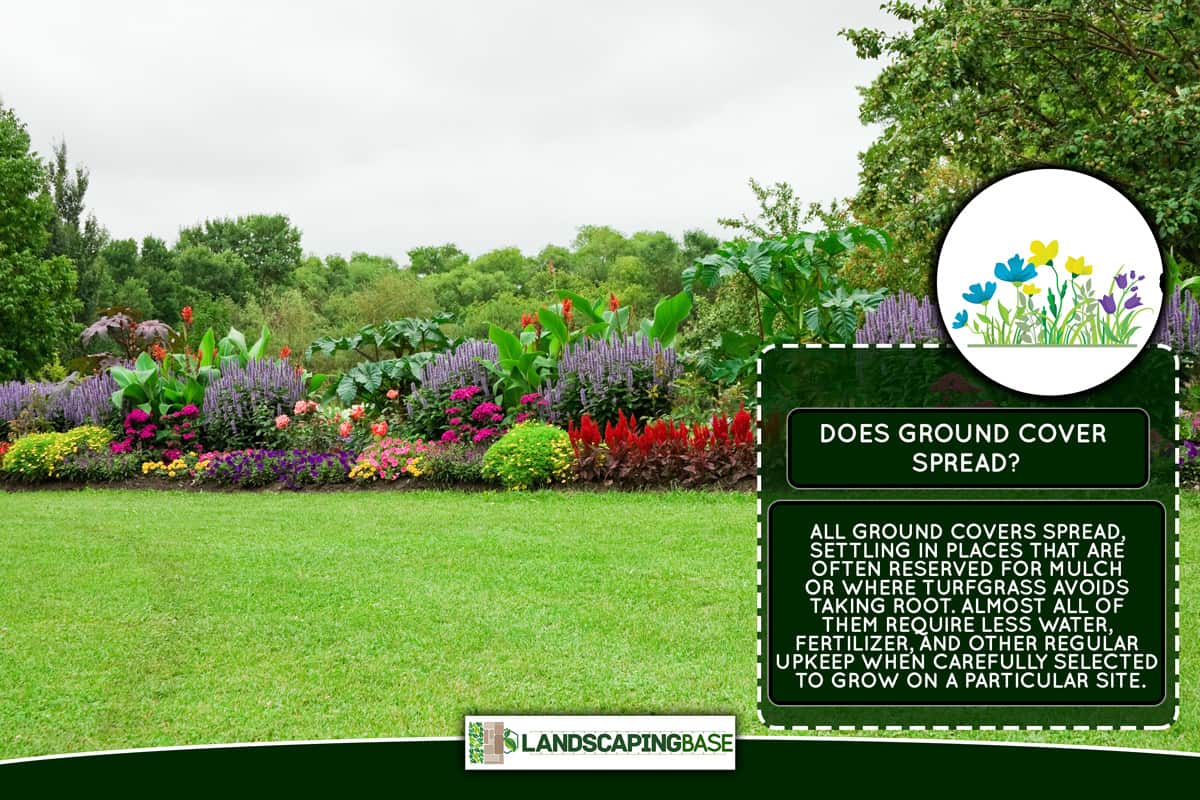
What Is Ground Cover?
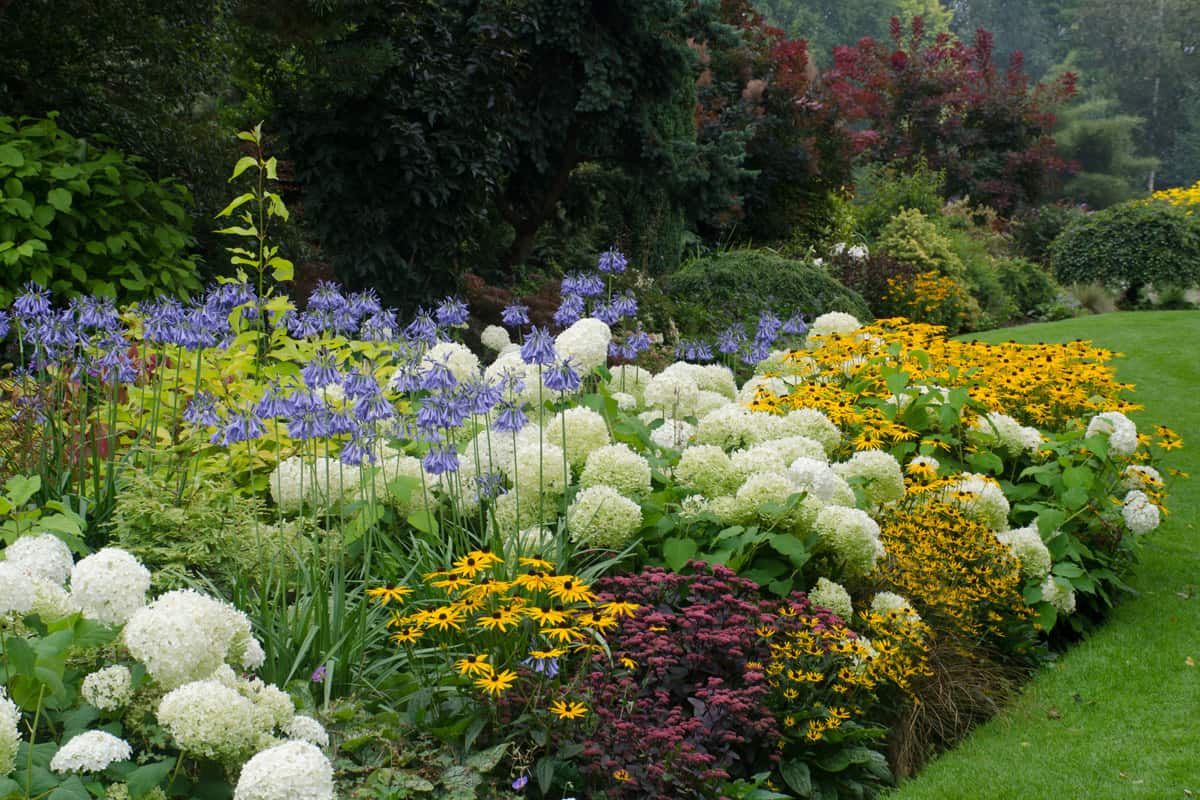
Ground covers are typically used in landscaping to describe any group of low-lying plants with a creeping, spreading character that is utilized to cover areas of ground while requiring little upkeep.
Additionally, you might use common landscaping ornamentals as a ground cover. Large areas or slopes can be covered with low-maintenance perennials.
A ground cover ought to spread on its own. The best species to use as ground covers are those that develop stolons, rhizomes, offsets, or those that spread by tip layering. They ideally grow quickly to form a thick coating. However, some develop so quickly that they risk becoming invasive.
A sufficiently dense ground cover reduces weed competition. Also, if it is intended to stop soil erosion on a steep slope, the ground cover must have a robust growth habit.
The most common type of ground cover plant is a low-growing ornamental perennial, but other options include ornamental grasses, self-seeding annuals, creeping shrubs, and others.
What Ground Cover Spreads The Fastest?
Some plants have a remarkable ability to spread, making them perfect for covering large amounts of barren land or soil.
Growing plants that quickly cover the ground aids in controlling weeds and preventing soil erosion on slopes and hillsides. Fast-growing ground covers have the advantage of not requiring much attention as they grow.
Let's take a closer look at some of the plants that spread quickly in full sun and will soon create a natural carpet over bare ground. Most ground cover plants can withstand little shade in addition to full light.
1. Candytuft
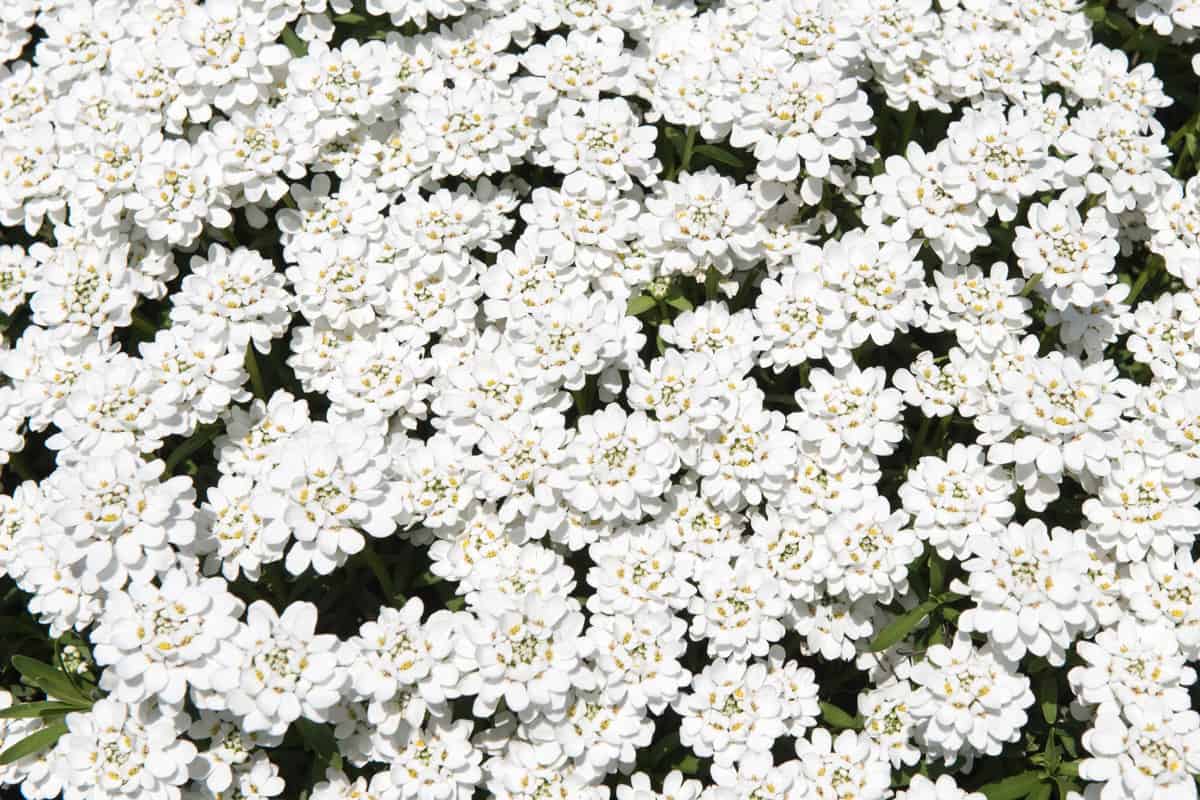
YIt is a floral ground cover plant for full sun. This bushy, low-growing, spreading perennial with evergreen leaves blooms in early summer with delicate clusters of white flowers. Plant candytuft as a sprawling ground cover in your garden or on raised beds.
Despite its rapid spread, candytuft is not regarded as an aggressive or invasive ground cover. Zones 3-9 of the United States Department of Agriculture (USDA) support the growth of candytuft.
2. Creeping Phlox
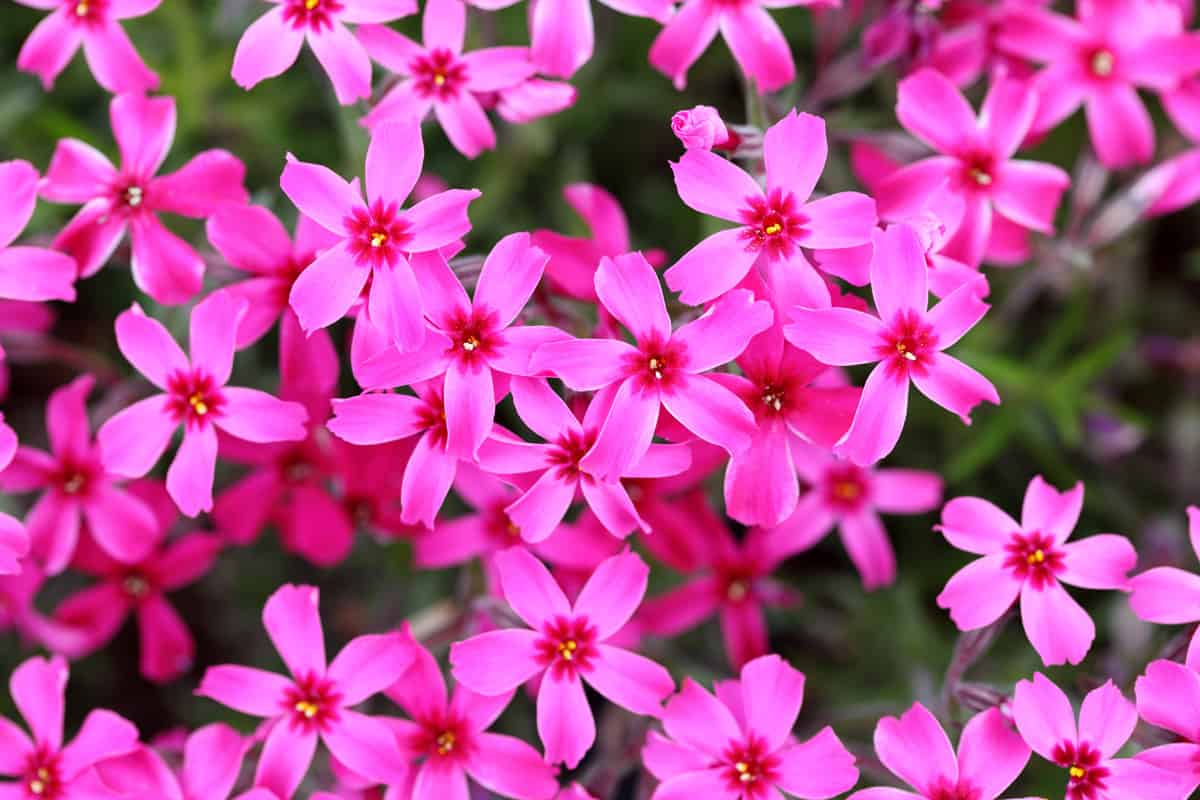
It is a lovely ground cover that spreads quickly and does well in the sun. The foliage of this mat-forming shrub remains consistently green throughout the year. Creeping phlox blooms, quickly covering the ground with masses of white, blue, violet, or rose-colored flowers to provide a vibrant flowery carpet.
Phlox's dense foliage and fast growth allow it to swiftly cover huge areas of ground. In your yard, creeping phlox spreads a colorful mat and is not invasive. But avoid wild phlox, which is regarded as an invasive weed. Zones 4-8 are suitable for growing phlox groundcover plants.
3. Bellflowers

It is excellent for spreading and swiftly covering the ground. The bell-shaped blue or purple blooms that bloom all summer long on this lovely perennial evergreen ground cover have foliage that mats into a dense covering.
This bellflower plant only reaches a height of 6 inches. Wherever you need color all summer long, plant bellflowers as ground cover in full sun. These plants that cling to the ground are ideal for sunny gardens in zones 4-9.
4. Speedwell
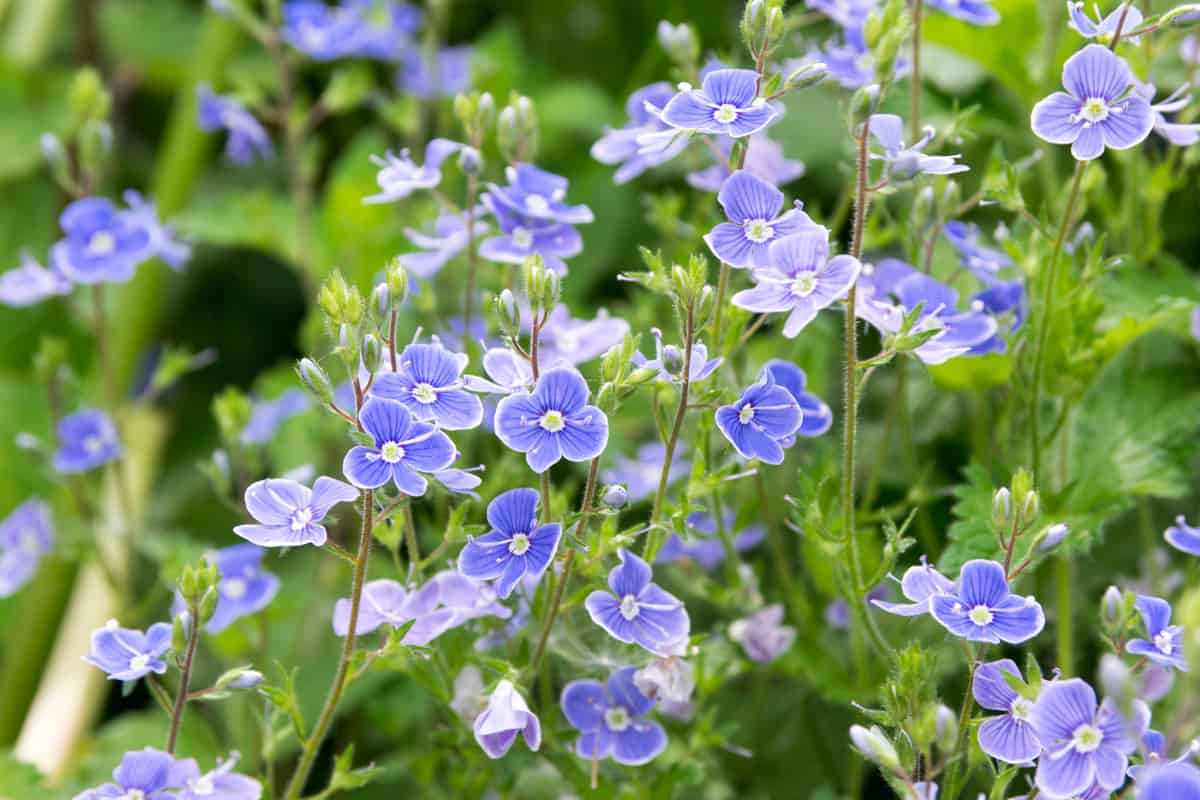
It is a ground cover plant that spreads quickly and is non-invasive. Speedwell plants grow swiftly to provide a low mat of glossy, lush green foliage that is perfect for low-maintenance ground cover in direct sunlight.
Speedwells with low growth rates are distinguished by their early spring blooms of delicate blue flowers. This plant that creeps up a wall can reach heights of up to 6 inches without exhibiting aggressive growth.
Also, it is excellent for ground cover along borders, under-planting containers, shrubs, or colorful edging. Plant speedwell in zones 4-9.
5. Creeping Jenny

This is an invasive ground cover plant that has yellow flowers and spreads swiftly in full sun. With spreading stems and vibrantly colored foliage, this appealing low-growing spreading plant is quite striking.
In the middle of the summer, creeping jenny blooms, and its permanent evergreen growth offers interest all year long. Wherever its spreading stems contact the ground, they establish roots.
Wherever you need a robust plant that spreads quickly, carefully plant creeping jenny. In zones 3-9, this quick-spreading plant thrives in sunny locations.
How Do You Keep Ground Cover From Spreading?

The frequently rapidly spreading ground cover quickly fills up landscaping areas, but if the plants spread beyond your property limits, that expansion may cause problems. You can enjoy your landscaping without upsetting your neighbor if you manage the growth of your ground cover.
1. Select A Non-invasive Kind
Invading plants frequently spread unchecked and are challenging to eradicate from both your yard and that of your neighbor. The types of plants that are deemed invasive differ by region.
You'll have greater trouble keeping those invasive plants out of your neighbor's yard and you run the danger of harming the local ecosystem if you use them as ground cover. Instead, plant a non-invasive, easier-to-manage ground cover.
2. Frequently Above-ground Pruning
It's an easy technique to keep ground cover plants under control, but depending on how quickly the plants spread, you might need to prune periodically. You may prevent creeping plants from encroaching on your neighbor's lawn by cutting them back with a pair of pruning shears.


Click here to see this pruning shears on Amazon.
A rotary mower is a choice if you wish to eliminate a broader area of ground cover from the perimeter of your property. The mower can quickly remove the ground cover from a big area.


Click here to see this mower on Amazon.
3. Digging Out A Portion Of The Plants From The Property Line
It is an option if pruning doesn't get your ground cover under control. This stops rapid regeneration by removing the roots as well as the visible plant portion. Remove all of the roots from the ground cover patch's border by digging down far enough.
Consider removing all of the plants and transferring them to a new region of the lawn if the ground cover keeps spreading outside the boundaries of your yard.
4. Installing Physical Barrier Around Groundcover
Because of this, ground cover finds it difficult to encroach on the lawn of the neighbor. To keep the ground cover contained, any kind of garden edging is effective. Select a material that goes well with the overall design of your landscaping.
The edging material must penetrate the ground farther than the plant roots to effectively limit growth and prevent it from growing underneath the barrier. If the plants rise above the top of the barrier, you might need to hand-prune the top part of them.


Click here to see this edging on Amazon.
How To Maximize Your Area With Your Ground Cover Plants?
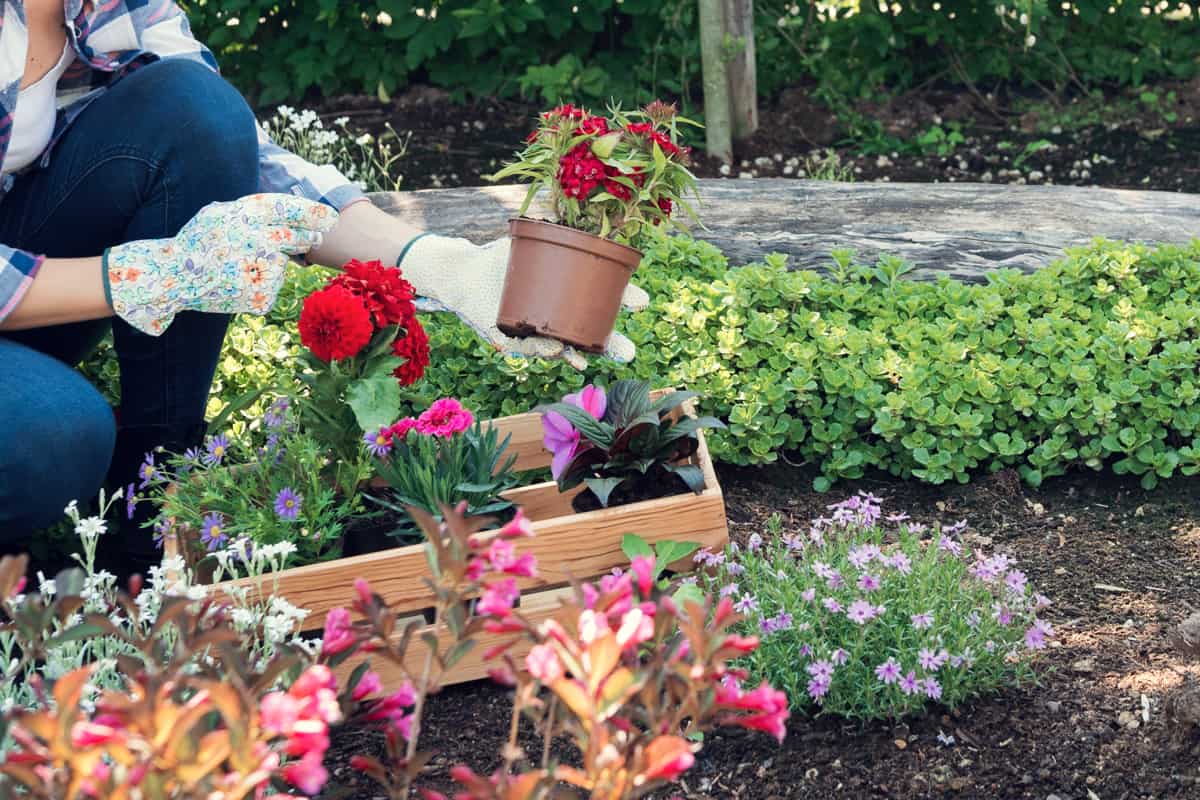
To determine how many ground cover plants you'll need to thoroughly cover the area, simply divide the area that needs to be covered by the space that each plant will occupy after it is fully grown.
For example, you have a 4 by 5 feet (ft) area needed to cover. Then, you have chosen a ground cover plant that spreads about 2ft once fully grown. Accordingly, five plants are required to cover a 4 by 5 ft area. To understand clearly, the computation is shown below:
- Area to cover: 4ft x 5ft = 20ft2
- Fully grown ground cover: 2ft x 2ft = 4ft2
- No. of ground cover plants: 20ft2 / 4ft2 = 5
When your plants are young, before they have filled in, you might find it helpful to cover them with organic mulch. This will assist in keeping the soil moist and minimize weed growth.
If you have a small budget or a vast area to cover, you can sow ground cover plants from seed or buy a few of them, plant them, and let them grow for a year or two. After they have spread, divide them and place them in the empty spots.
Conclusion
It's not necessary to grow grass in every square foot that isn't already taken up by flowerbeds or shrub plantings. In addition to producing a very monotonous environment, this requires frequent maintenance.
Instead, you might want to consider planting some ground coverings there. Even if they spread, by following the aforementioned instructions, you can keep them contained in the area you desire. They will make the house landscaping more attractive and interesting while also requiring less maintenance.
For more interesting topics, check out below:
Best Ground Cover That Does Not Attract Bees
What Ground Cover For Shade Under Rhododendrons?

![man replanting herb with yellow flowers for use in landscaping. 15 Perennials That Absorb Water [Incredible Choices For Foundation Landscaping]](https://landscapingbase.com/wp-content/uploads/2022/09/man-replanting-herb-with-yellow-flowers.-15-Perennials-That-Absorb-Water-600x400.png)
![Big custom made luxury house with nicely trimmed and landscaped front yard, South Facing Front Yard Landscaping Ideas [17 Ideas To Increase Your Curb Appeal]](https://landscapingbase.com/wp-content/uploads/2022/09/BIGCUS1-600x400.jpg)
